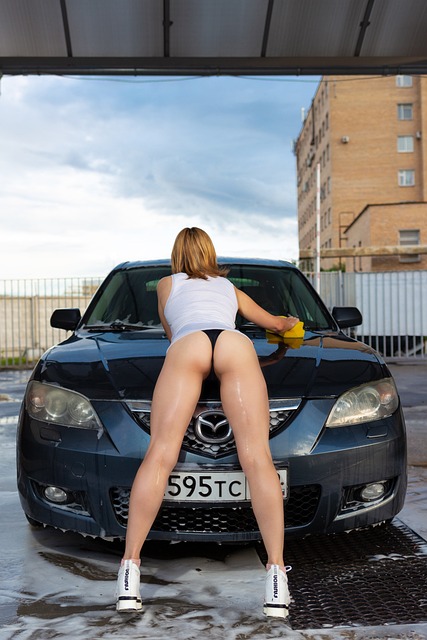Car Coating: Guide to Ceramic Coatings and Paint Protection
Car coating is a broad term covering several products and installation methods designed to protect a vehicle's exterior surfaces from environmental damage, contaminants, and minor abrasion. This guide explains common options—ceramic coatings, protection films, and clear bra systems—how hydrophobic properties work, and what to consider when choosing and maintaining paint protection for daily drivers and enthusiasts alike.

Ceramic coating: what it is and how it works
Ceramic coating refers to liquid polymer formulas, often containing silicon dioxide (SiO2), that chemically bond to automotive paint once cured. Unlike wax or sealant, a properly applied ceramic coating forms a thin, semi-permanent layer that can enhance gloss and provide resistance to minor chemical etching and UV fade. It does not make a vehicle impervious to scratches or rock chips but reduces the ease with which contaminants adhere, making washing and maintenance simpler for many vehicle owners.
Paint protection: scope and benefits
Paint protection encompasses any method used to keep automotive paint in good condition, from regular maintenance to advanced coatings and film. Benefits include slowing oxidation, reducing staining from bird droppings or tree sap, and maintaining resale value by preserving appearance. Paint protection strategies are chosen based on vehicle use, budget, and desired longevity: regular waxing for short-term upkeep, ceramic coatings for long-term surface protection, and films for localized impact resistance.
Hydrophobic properties: real effects on water and dirt
Hydrophobic describes a surface’s tendency to repel water. Many ceramic coatings advertise hydrophobicity: water beads and rolls off more readily, often carrying loose dirt with it (a phenomenon sometimes called self-cleaning). Hydrophobic behavior makes rinsing easier and can reduce water spots when washing is done promptly. However, hydrophobicity does not replace mechanical cleaning, nor does it prevent all staining; contaminants like tar or iron deposits typically need targeted removal regardless of water repellency.
Protection film vs coating: differences explained
Protection film (also called paint protection film or PPF) and coatings serve overlapping but distinct roles. PPF is a thick, flexible polyurethane applied to high-impact areas like bumpers, hoods, and side mirrors; it physically absorbs stone chips and scratches. Coatings are thin, chemically bonded layers that improve surface hardness and chemical resistance but provide limited impact protection. Many owners combine PPF in vulnerable zones with ceramic coating on top of the film and surrounding paint for combined benefits: impact mitigation plus a slick, easy-to-clean finish.
Clear bra: where it fits in vehicle protection
Clear bra is a common term for a type of paint protection film that covers visual impact areas with an optically clear layer. It’s designed to be minimally visible while protecting against chips and abrasion from road debris. Installation quality strongly influences durability and appearance—professionally installed films are more likely to have clean edges and fewer bubbles. Clear bra is most appropriate for drivers who want targeted physical protection without altering the look of the original paint.
Maintenance and longevity of coatings and films
Longevity varies by product, application, and care. High-quality ceramic coatings can last several years with proper maintenance; protection film can withstand impacts but may yellow or show wear over time and sometimes requires replacement after several years. Routine maintenance includes gentle washing with pH-neutral car shampoo, avoiding automated brushes that trap grit, and periodic inspection of edges and seams. For installation or repair, consult reputable local services for assessment and professional application rather than attempting complex work at home.
Conclusion
Choosing between ceramic coating, protection film, and a clear bra depends on what you want to protect—gloss and chemical resistance versus impact protection—and how much maintenance you will perform. Combining products can provide complementary benefits: films for physical abrasion zones and coatings for surface repellency and shine. Understand the limitations of each option, follow recommended maintenance practices, and rely on trained technicians for installation to achieve durable, reliable paint protection without unexpected results.






